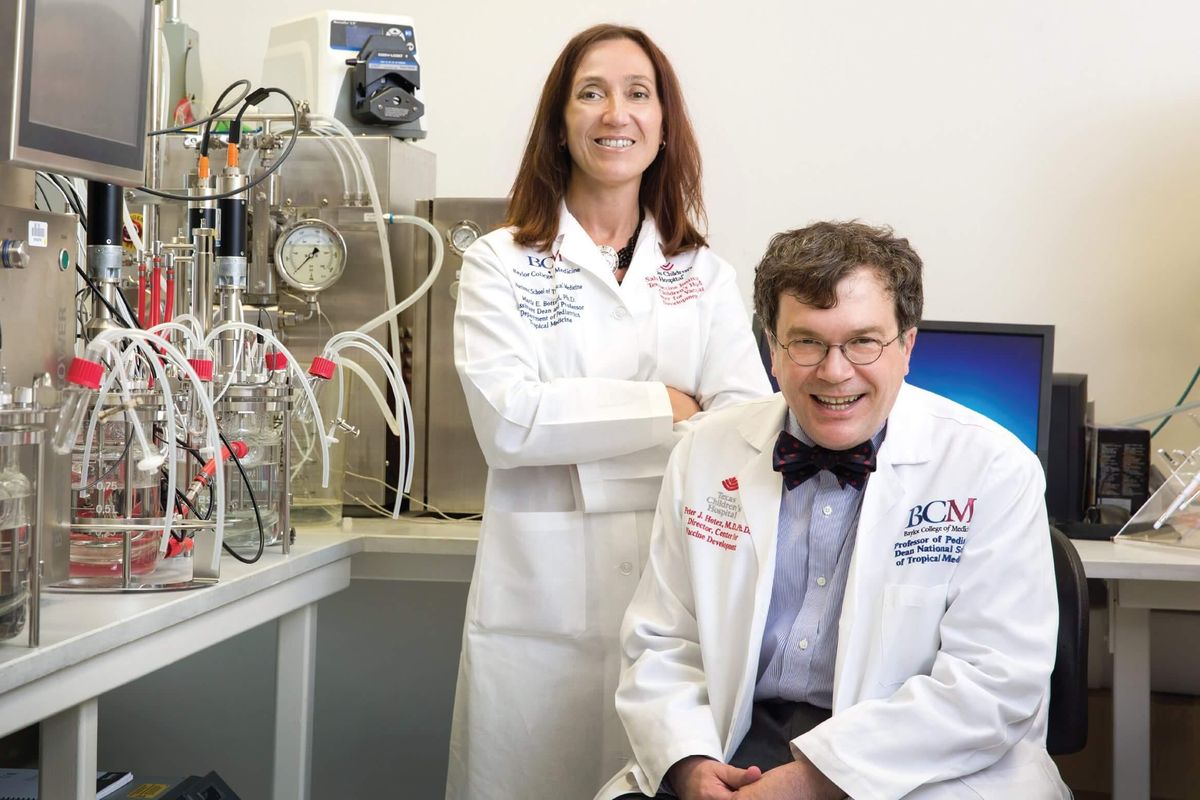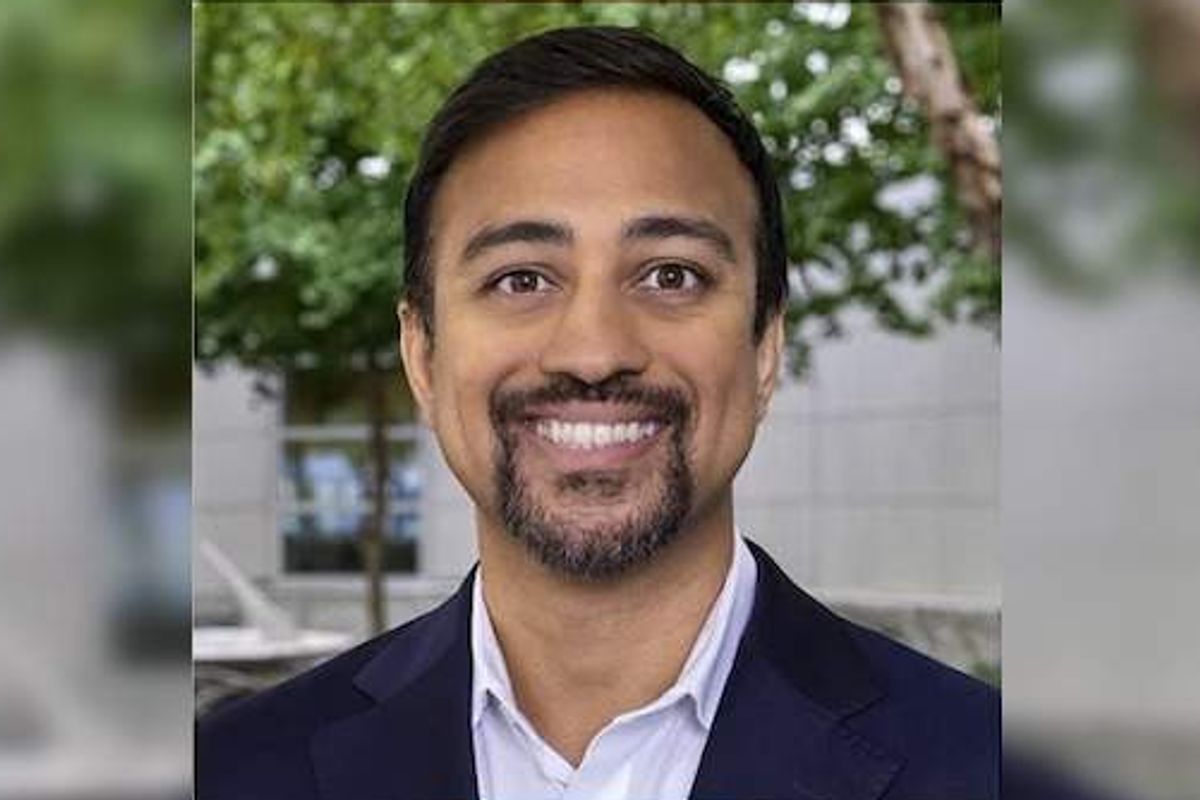Houston company focused on renewables sees high growth potential amid 'energy revolution'
seeing green
For Houston-based ENGlobal Corp., a provider of engineering and automation services geared toward the energy industry, renewable fuel facilities are a business pipeline gushing with opportunity.
ENGlobal's potential contracts for renewable fuels projects currently exceed $320 million, says Bill Coskey, the company's founder, president, and CEO. That's about six times the amount of ENGlobal's revenue through the first nine months of this year — $52.9 million.
During the company's third-quarter earnings call November 5, Coskey said publicly traded ENGlobal "has more promising opportunities for significant new business than at any time in our company's history."
Many of those opportunities stem from ENGlobal's shift a couple of years ago to a sharp focus on the renewable energy sector. This includes building utility-scale systems to store wind and solar power, and supplying modular engineered process plants for forms of energy like hydrogen and renewable diesel. Modular process plants consist of separately engineered and automated modules that are made off-site and assembled on-site.
"Manufacturing plants based on modular equipment are emerging as a viable and beneficial alternative to conventional stick-built processing plants. Modular equipment offers several benefits, including flexibility in plant siting, fewer safety concerns during construction, and ease of equipment modification," according to the American Institute of Chemical Engineers.
ENGlobal is engineering and fabricating a modular hydrogen plant for a renewal diesel facility scheduled for completion in May. Incorporating proprietary technology from Denmark-based Haldor Topsoe (which has two offices and one plant in the Houston area), this hydrogen plant will consume about 20 percent less feed and fuel than conventional hydrogen plants, leading to lower operating costs and a smaller carbon footprint. It's the first facility of its kind in the U.S. This $25 million project falls into a bucket of modular process plants — valued at $10 million to $200 million each — that ENGlobal typically pursues.
ENGlobal's emphasis on renewable energy is paying off, especially now. That's because this sector is less susceptible to economic harm caused by the coronavirus pandemic and to the downturn in the oil and gas industry, according to Coskey.
"To the contrary, the green and renewable energy sector is driven by a different set of project economics — the majority of which play directly to our core strengths and capabilities," Coskey said during the November 5 earnings call.
ENGlobal comprises two business units that are capitalizing on those core strengths and capabilities:
- Engineering, procurement, and construction management
- Automation
Through September 26, the automation segment of the business accounted for 63 percent of the company's revenue this year, with engineering, procurement, and construction at 37 percent. In the third quarter, the balance was roughly 50-50.
For the nine-month period ended September 26, ENGlobal posted a 33 percent increase in revenue compared with the same period a year earlier. Revenue for the period rose 37 percent in the automation segment of the business and 27 percent in the engineering, procurement, and construction management segment.
Looking ahead, Coskey says plants like the one employing the Haldor Topsoe technology are "a big area of growth for us."
"We've built a business which is really vertically integrated. We can engineer and design, we can mechanically fabricate the processing modules, we can automate them, we can go onto the site and start them up. So we have full-service capabilities," Coskey says in an interview.
Those capabilities are helping ENGlobal, which Coskey started in 1985, capitalize on what he dubs the "energy revolution" in the U.S.
"Oil and gas has a long runway and is sometimes not given enough credit," he says. "But I can tell you that the capital spending for traditional oil and gas projects pretty much dried up during the course of this year. And we had to look for other sources of work for our people, so we were fortunate to have these renewable energy projects to work on."
Evercore ESI predicts capital spending on energy exploration and production in the U.S. will fall 43 percent this year compared with 2019. Meanwhile, S&P Global Market Intelligence forecasts $14.26 billion in capital spending this year on renewable energy by major U.S. utilities, up more than 20 percent from an earlier projection for 2020. The share of U.S. electricity generation from renewable energy is expected to increase from 18 percent in 2019 to 20 percent this year and 21 percent in 2021, the U.S. Energy Information Administration says.
"There's a lot of money that used to flow into oil and gas projects that now seems to be flowing into renewable energy projects," Coskey says. "We were lucky to identify that early and be positioned to capture some of that."




















